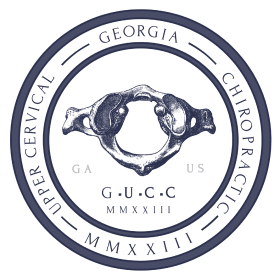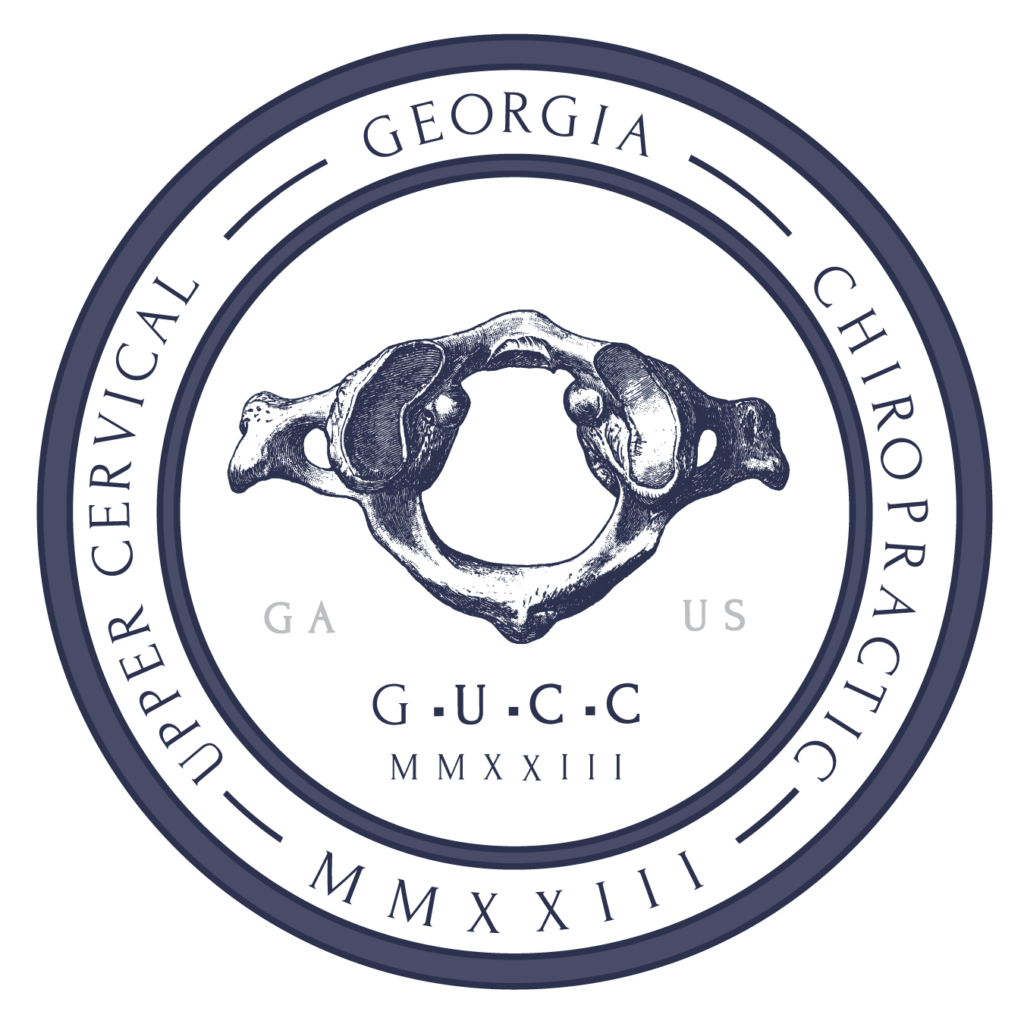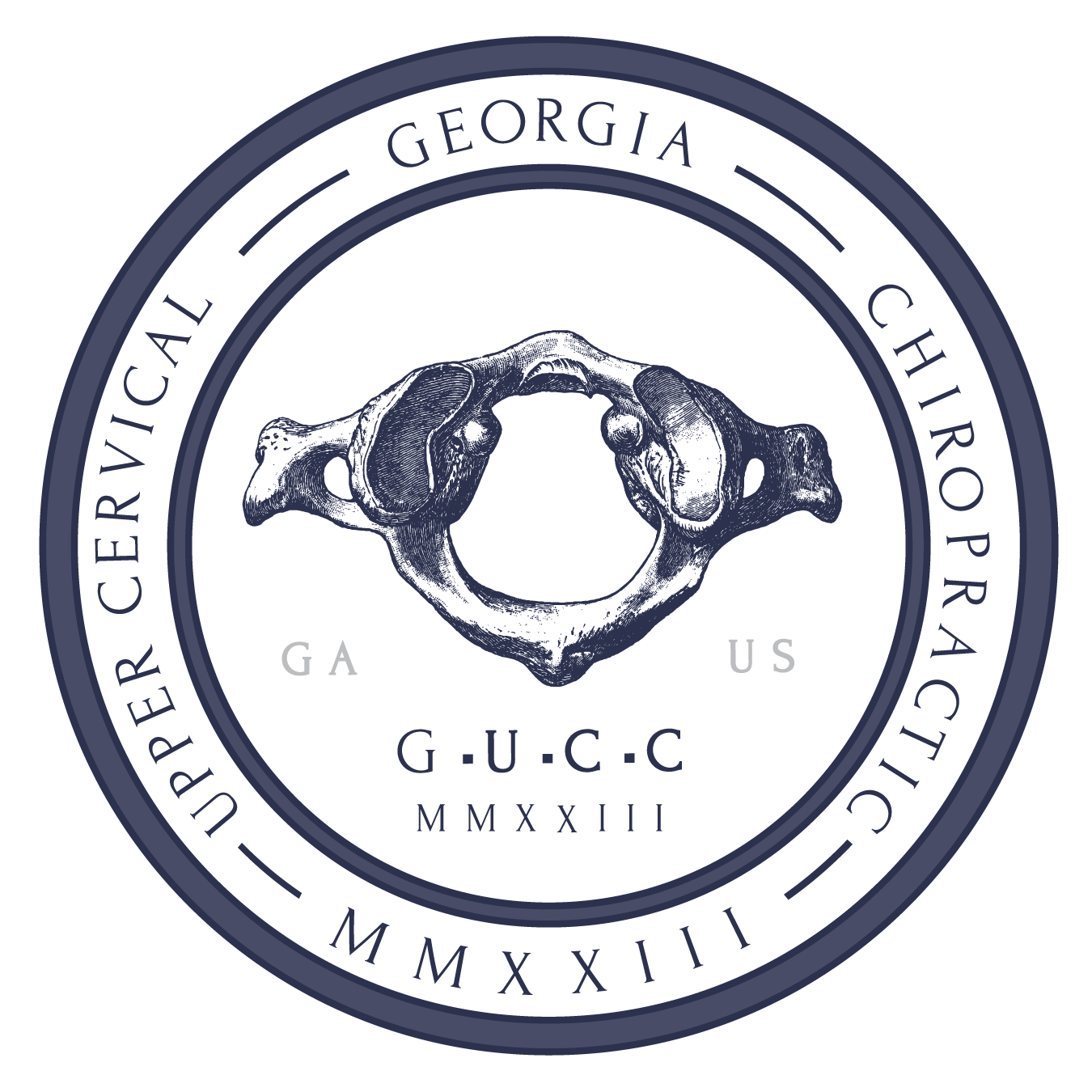Testing For Thoracic Outlet Syndrome
Tingling, numbness, or weakness in the arms and hands can all be symptoms Thoracic Outlet Syndrome (TOS). There are a handful of tests that can help with a diagnosis of thoracic outlet syndrome.
Because TOS symptoms can overlap with other conditions, such as Carpal Tunnel Syndrome, TOS can be difficult to diagnose. Once a TOS diagnosis is established, you can begin to explore treatment options.
Types of TOS
TOS is a condition in which the nerves or blood vessels (neurovascular bundle) in the space just below the collarbone become compressed, causing a host of symptoms for the neck, arms, and hands. There are 3 primary types of TOS:
- Neurogenic Thoracic Outlet Syndrome This is the most universal type of TOS. The nerves into the arms, known as the brachial plexus, become constricted.
- Venous Thoracic Outlet Syndrome With Venous TOS, the axillary-subclavian vein becomes compressed which can lead to blood clots.
- Arterial Thoracic Outlet Syndrome The axillary-subclavian artery is compressed, which can lead to thrombosis.
There are also a few syndromes related to TOS, classified by where compression occurs:
- Anterior Scalene Syndrome When muscle growth causes impingement of the brachial plexus or subclavian artery.
- Cervical Rib Syndrome An anatomical abnormality in which a person is born with a small, extra first rib which compresses the brachial plexus nerves or the subclavian artery.
- Costoclavicular Syndrome When the area between the clavicle and first rib becomes severely constricted.
- Pectoralis Minor Syndrome Neurovascular compression just below the pectoralis minor muscle.
Common Symptoms of TOS
- Arm pain
- Arm heaviness
- Back pain
- Cervical spine discomfort
- Discoloration in arms or hands
- Numbness in upper extremity
- Shoulder pain
- Swelling in the arms or hands
- Weakness in upper extremity
Common Causes of TOS
- Anatomical abnormality
- Poor posture
- Repetitive movements
- Serious injury (car accident or sports injury)
- Tumor
- Weight lifting
How do you test for Thoracic Outlet Syndrome? To get a TOS diagnosis, you would visit your healthcare provider, answer questions about the symptoms experienced, and have a physical examination. There are several provocative tests — tests that reproduce symptoms — to help indicate whether or not you have TOS. Here are a few:
1. Elevated Arm Stress Test
The EAST, also known as the Roos Test, causes tension in 3 regions of the thoracic outlet: the scalene triangle, the costoclavicular space, and the pectoralis minor space. The EAST is moderately reliable in indicating Neurogenic TOS.
How To Do It: While sitting or standing, the patient is asked to raise his/her arms so that they each form a perpendicular angle. This looks like a surrender pose. Then the patient is asked to open and close his/her hands (making a fist then extending the fingers to release) for 3 minutes.
TOS Indicator: A positive test is indicated if the patient cannot keep his/her arms elevated for the duration of 3 minutes. Also, a healthcare provider would compare the color of both hands to see if there were any changes.
2. Adson’s Test
Sometimes referred to as the scalene maneuver, this test can help detect vascular TOS when compression occurs between the anterior and middle scalene muscles.
How To Do It: This test is best conducted while the patient is standing. The patient’s arm is extended to a 30-45 degree angle with the palm of the hand facing forward. The patient should then extend his/her neck and tilt the head back and towards the affected side.
An examiner will check the radial pulse of the extended arm to see if there are any changes in detection of the pulse. The examiner may also request the patient inhale and hold their breath. With the scalenes being inspiratory muscles (they contract when we breathe), a deep breath could further compress the nerves and blood vessels of the thoracic outlet.
One study found that shoulder maneuvers such as the Adson’s Test and the Costoclavicular test were more reliable when patients reported pain during or after the maneuvers were conducted.
TOS Indicator: The vigor/strength of the radial pulse weakens or disappears.
3. Eden’s Test
This test can help detect Costoclavicular Syndrome by further decreasing the space between the clavicle and first rib.
How To Do It: This test can be done while the patient is sitting or standing. The clinician will ask the patient to pull his/her shoulder girdles back and to thrust the chest out. It’s as though the patient is standing at attention as one might in the military.
The clinician would monitor the radial pulse to check for changes in the strength of the pulse.
TOS Indicator: A positive test is indicated by a weakened pulse. Also, if the patient experiences reproduction of TOS symptoms, this is a positive test.
4. Wright’s Test
This test, also called the Hyperabduction Test, can help determine if the patient is suffering from Pectoralis Minor Syndrome. The goal is to stretch the pectoralis minor muscle taught to see if neurovascular compression occurs.
How To Do It: The patient raises his/her arm into a perpendicular angle. The therapist will gently pull back on the wrist, then lift the arm all the way up into the hyperabduction position.
TOS Indicator: The therapist detects weakness or disappearance of the radial pulse.
5. Provocative Elevation Test
How To Do It: While seated, the patient crosses his/her arms over the chest. A clinician will gently lift the elbows so that the shoulders shrug. This position is held for about one minute.
TOS Indicator: A positive test is indicated by a tingling or pins-and-needles sensation in the upper extremities. Numbness could also result.
6. Allen Test
This test can help detect vascular TOS.
How To Do It: Patient raises the arm of the affected side to a 90 degree angle. The examiner locates the radial pulse. Then, the examiner requests the patient turn their head to face the opposite direction of the affected side.
The examiner should make sure the patient doesn’t accidentally shrug their shoulders as this could result in a false positive test.
TOS Indicator: Radial nerve weakens or disappears.
7. Cyriax Release Test
This test is meant to release tension of the nerves and blood vessels in the thoracic outlet. This test centers on the release phenomenon-hyperirritability can result from damaged areas of the body that are relieved of stress.
How To Do It: While in a seated position, the patient holds his/her arms at a 80-90 degree angle in front of him/her. The therapist stands behind the patient and grasps the forearms of the patient. The patient is allowed to rest his/her back against the therapist.
The therapist slowly lifts the forearms to elevate the shoulder girdle. This position is held for 3 minutes.
TOS Indicator: Paresthesia (tingling sensation) or numbness occurs.
Though the above tests can be useful in the diagnosis process, the reliability of these tests has been questioned according to a 2017 study. False positives can be somewhat prevalent. However, the scientific research regarding the reliability of these tests is far from extensive.
Imaging Tests
While the above tests help to indicate the possibility of TOS, imaging tests are typically more reliable.
- Ultrasound: An arterial duplex ultrasound test uses sound waves to produce color images of the blood vessels in the thoracic outlet. Can detect arterial compression and venous occlusion.
- X-ray: Can help identify a cervical rib or an unusually small thoracic outlet space. An angiography would examine blood vessels specifically.
- CT scan: Computerized tomography uses x-rays of different body angles and a computer to show a 3 dimensional cross-section of the body. Sometimes, contrast dye is injected intravenously to reveal any blood vessel blockages.
- MRI: A combination of a magnetic field and radio waves can reveal 2-3 dimensional images of the body. It can show thoracic outlet compression and blockages.
Next Steps
Diagnosing TOS is the first step of the process. Once you have confirmation of the condition, then it’s time to look towards treatment options.
Lifestyle Changes
Start by analyzing your daily routine to see if you engage in repetitive motions that could be causing compression in the thoracic outlet. Check your posture throughout the day to avoid excessive slouching. Also, adopt a balanced diet and exercise routine to help maintain a healthy weight. And don’t forget about sleep positions as they too can contribute to or help alleviate TOS symptoms.
Physical Therapy
This is typically the first line of defense against TOS. A physical therapist or chiropractor offers TOS exercises and stretches that can help with the decompression taking place in the thoracic outlet region.
Medication
Your doctor may prescribe an anti-inflammatory drug or even muscle relaxers to help reduce discomfort. If necessary, medication may be prescribed for the purpose of dissolving blood clots.
Surgery
Surgery is always a last resort. If conservative treatments aren’t successful, surgery may be recommended to remove part of a muscle or part of the first rib. Vascular surgery can help repair blood vessels. The caveat with surgical treatment is that symptoms may recur.
If left untreated, TOS can lead to serious complications such as decreased range of motion, neurologic damage, or pulmonary embolism.
Chiropractic Care
Chiropractors can adjust misalignments not only in the spine, but in the upper ribs as well.
Ready to get to the root of your problem with chiropractic care? We’re currently accepting new patients at our Ball Ground and Atlanta/Decatur offices.
Sources
- Povlsen, S., & Povlsen, B. (2018). Diagnosing thoracic outlet syndrome: current approaches and future directions. Diagnostics, 8(1), 21. Full text. https://www.ncbi.nlm.nih.gov/pmc/articles/PMC5872004/
- Pesser, N., de Bruijn, B. I., Goeteyn, J., Verhofstad, N., Houterman, S., van Sambeek, M. R., … & Teijink, J. A. (2022). Reliability and Validity of the Standardized Elevated Arm Stress Test in the diagnosis of Neurogenic Thoracic Outlet Syndrome. Journal of vascular surgery. Abstract only. https://pubmed.ncbi.nlm.nih.gov/35550394/
- Plewa, M. C., & Delinger, M. (1998). The False‐positive Rate of Thoracic Outlet Syndrome Shoulder Maneuvers in Healthy Subjects. Academic emergency medicine, 5(4), 337-342. Abstract only. https://onlinelibrary.wiley.com/doi/10.1111/j.1553-2712.1998.tb02716.x
- Hixson, K. M., Horris, H. B., McLeod, T. C. V., & Bacon, C. E. W. (2017). The diagnostic accuracy of clinical diagnostic tests for thoracic outlet syndrome. Journal of sport rehabilitation, 26(5), 459-465. Abstract only. https://pubmed.ncbi.nlm.nih.gov/27632823/


